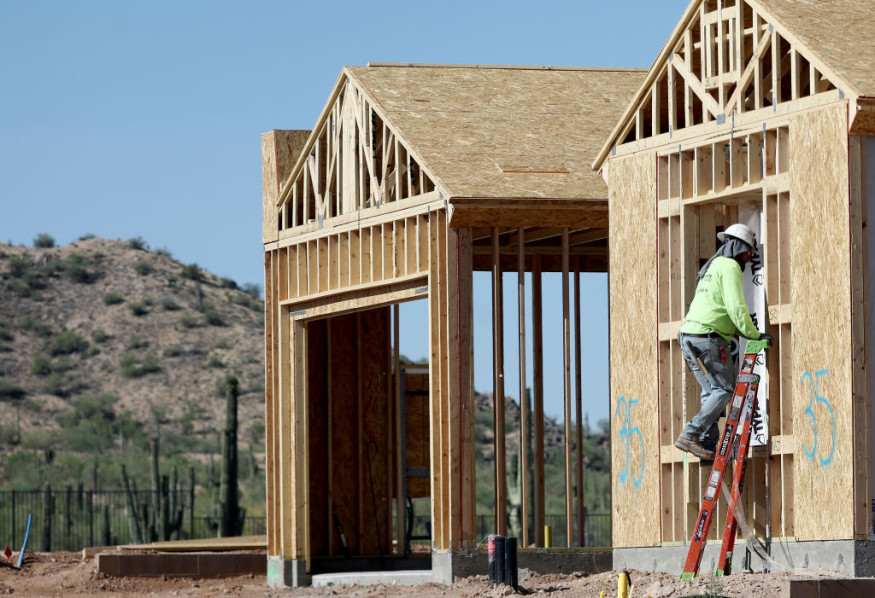
One of Donald Trump's promises on the campaign trail was to deport illegal immigrants from the United States, noting that it would be the "largest deportation of criminals in the history of America."
Trump did not detail how many immigrants he plans to deport once he reenters the White House. However, there were hundreds of thousands of immigrants who arrived in the US under programs instituted by Presidet Joe Biden.
In one of his arguments, Trump claimed immigrants were the cause of high housing prices and said the deportation would cause the cost of homeownership to drop by reducing competition for properties. However, economists and housing industry experts warn that may not be the case.
Immigrants Are Vital in the Construction Industry
Migrant workers account for 24.7% of the country's construction workforce. In construction trades, they account for over 31% of workers, according to The Home Builders Institute (HBI) Construction Labor Market Report.
Removing them en masse could cripple the construction industry and affect the speed of homebuilding. It could also exacerbate the shortage in the construction labor force, which is currently already missing 500,000 workers, per a January 2024 news release from the Associated Builders and Contractors.
Deporting migrant workers means fewer people to build homes. This, in turn, means fewer completed homes and a bigger inventory shortage---both of which would further drive home prices higher.
How Many Homes Does the US Need?
As of 2022, the nation is short 4.5 million homes, data from Zillow showed. That is an increase from the 4.3 million home shortage in 2021. Realtor.com reported an even higher figure, adding that the country is short approximately 7.2 million homes as of February 2024.
Additionally, the US is also short 7.3 million rental homes that are affordable and available to low-income individuals, the National Low Income Housing Coalition reported.
As of October, the median sale price of a typical single-family home in the US is $435,051. To bring the price down, there needs to be a substantial increase in housing supply and policies addressing the rising costs of construction materials.
RELATED ARTICLE : Here's What Experts Say the US Housing Market Could Look Like in 2025



